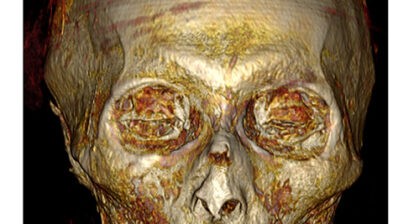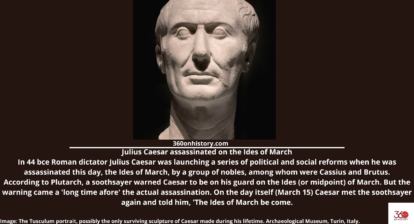
The Gunpowder Plot of 1605, in earlier centuries often called the Gunpowder Treason Plot or the Jesuit Treason, was an unsuccessful attempted regicide against King James VI of Scotland and I of England by a group of English Roman Catholics led by Robert Catesby who considered their actions attempted tyrannicide and who sought regime change in England after decades of religious persecution.
The plan was to blow up the House of Lords during the State Opening of Parliament on 5 November 1605, as the prelude to a popular revolt in the Midlands during which King James’s nine-year-old daughter, Princess Elizabeth, was to be installed as the new head of state.
On 26 October 1605 an anonymous letter of warning was sent to William Parker, 4th Baron Monteagle, a Catholic member of Parliament, who immediately showed it to the authorities. During a search of the House of Lords on the evening of 4 November 1605, Fawkes was discovered guarding 36 barrels of gunpowder—enough to reduce the House of Lords to rubble—and arrested.
Guy Fawkes was tortured and wrote a confession letter, also revealing the names of the instigators.
Under Robert Cecil, the Lord High Treasurer, they were pursued. Robert Catesby died in a shoot out and the rest were arrested, and publicly hanged, drawn and quartered.
Fireworks are set off every year on the night of 5th of November to remember this day.






